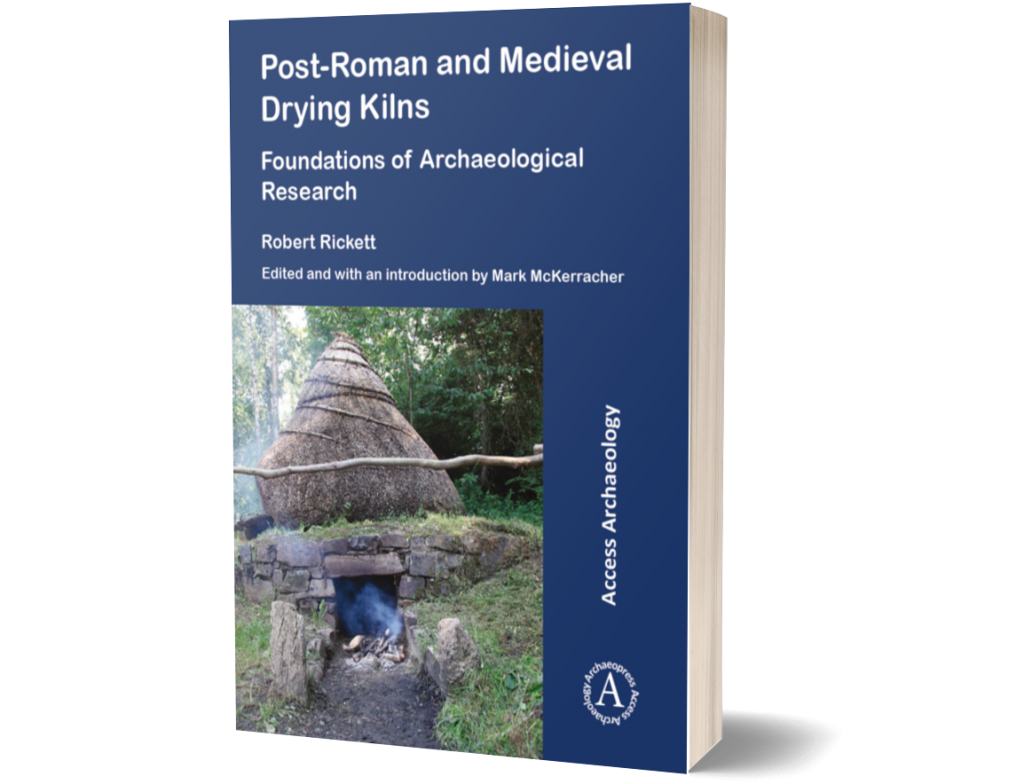Whatever you think about post-Roman and medieval corn-dryers, you have to admit: they’re not exactly over-studied. The published literature is not overwhelming, by any stretch of the imagination – even if you include malting ovens. The subject is somewhat better served in Irish than in British archaeology, but still, to the best of my knowledge, there’s no “go-to” book on the archaeology of drying kilns.
Until now!
If you’ve ever delved into drying kiln research in British or Irish archaeology, you may well have found reference to Robert Rickett’s undergraduate dissertation Post-Roman and Medieval Drying Kilns, completed at University College Cardiff in 1975. It was a pioneering piece of work, the first synthesis on the subject, covering the whole extent of the British Isles, and has not been superseded. But for decades it has remained unpublished – accessible at Cardiff for a time, but now no longer.
So I’m delighted to report that Mr Rickett has agreed for his work to be published by the good folks at Archaeopress. It’s in their Access Archaeology imprint, meaning that there’s an open-access e-book to download, as well as a paperback to purchase.
In my capacity as editor, I’ve included some notes to highlight where sites in the Gazetteer have been published since 1975, and an introduction setting the book within its current research context. Otherwise, the study remains very much how Mr Rickett completed it in 1975, and it should be read as such: a ‘period piece’, but one with important insights and rare evidence to offer. For instance, it contains a bumper Gazetteer (including some sites you may never have heard of) spanning the post-Roman and medieval periods* across Ireland, Great Britain, the Northern Isles and the Isle of Man. It lays the foundations of a uniform terminology and typology (explaining why ‘drying kiln’ is preferable to ‘crop-drying oven’, ‘malting oven’, ‘corn-dryer’, etc.). And it assembles a fine array of documentary sources to contextualize the archaeological evidence.
It’s been a real pleasure and privilege to contribute to the publication of this classic, pioneering study. I hope it proves as valuable to you as it has to me.
Note
* There is little in the way of ‘Anglo-Saxon’ (i.e. 5th-11th c. English) evidence, but that’s only to be expected: very few Anglo-Saxon rural settlements had been excavated by 1975. Much more evidence is now available, as discussed in Farming Transformed.
